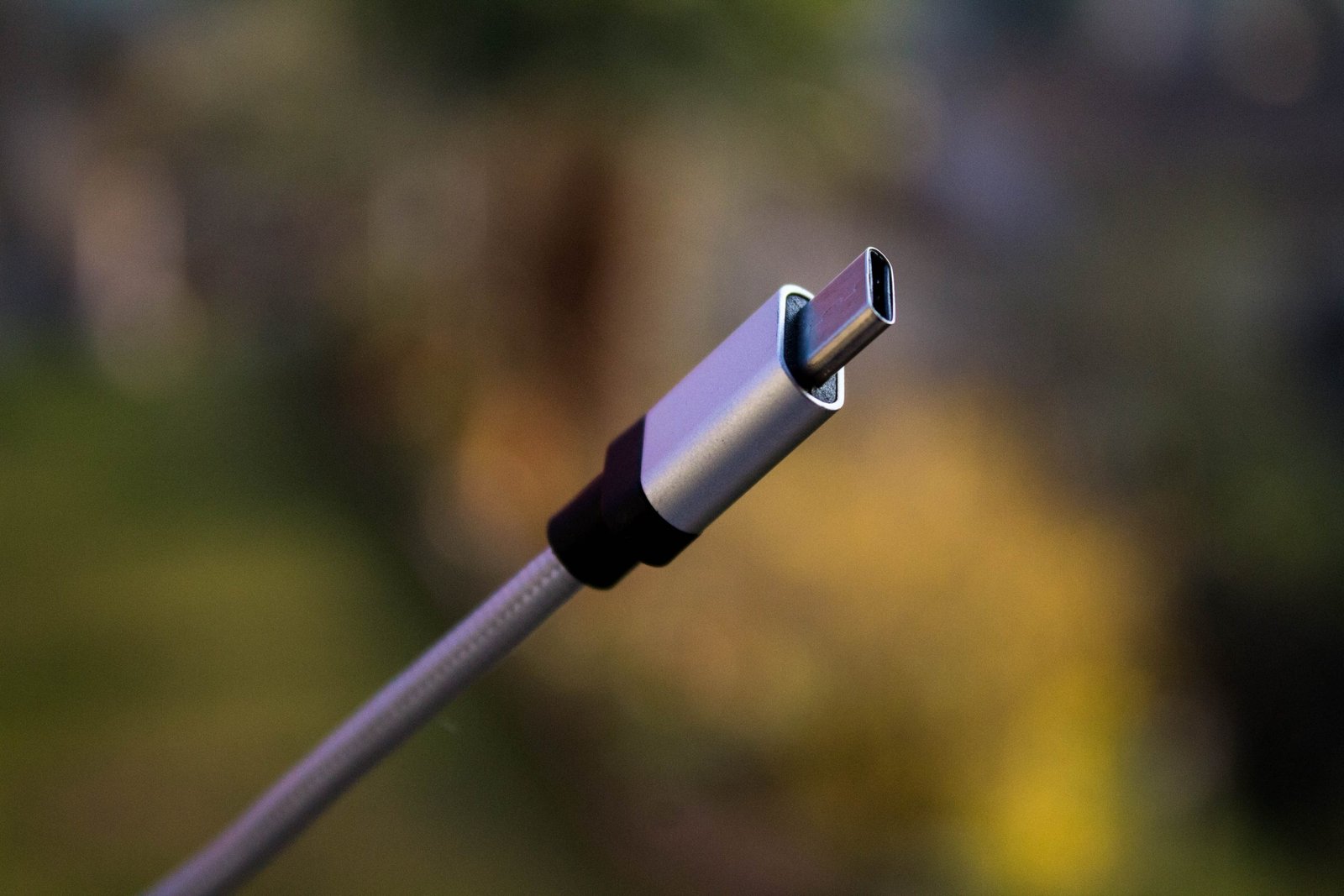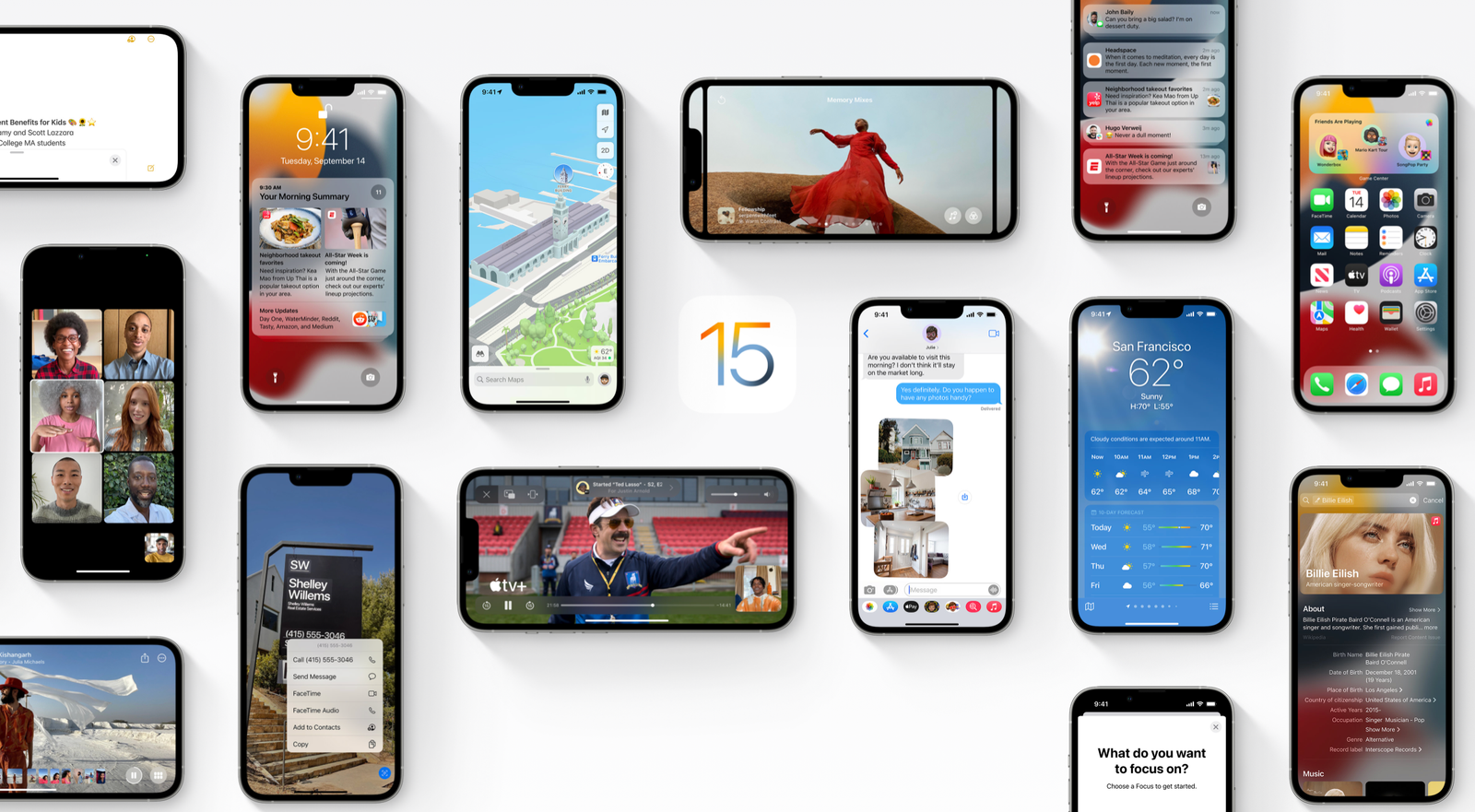Before USB Type-C
Table of Contents
When the USB technology was developed in the 1990s, it was intended to replace a variety of older computer port connectors. The USB Type-A connector replaced standard serial ports and game controller ports on computers and peripherals. The smaller USB Type-B connector replaced RS-232 ports for telephony modems and other devices with a smaller profile. Users were constantly having trouble figuring out which port to use when connecting their devices, so in 2003, the USB Standard Group introduced the new USB Standard-A Ports and the smaller USB Standard-B Ports. The new Universal Serial Bus standards also included an updated version of the specification known as “USB 2.0″ to differentiate it from earlier versions of this technology.
What is USB Type-C?
USB Type-C is a new type of connector that is smaller, more durable, and capable of delivering more power than the traditional Type-A and Type-B connectors. It’s intended to be a single standard that can be used across all devices, from phones and laptops to headphones, charging cables, and more. USB Type-C connectors come in two shapes: a rectangular plug and a squarer square-shaped plug. Both plug types use the USB Type-C standard and can be used for any device that supports it, be it a phone, laptop, or another device. The biggest difference between the plug types is that the rectangular plug can be inserted into either side of the cable, while the squarer plug can only be inserted into the side marked with an “ID” icon. This means the squarer plug can be inserted into either side of the cable, but the rectangular plug can only be plugged into a host device (phone, laptop, etc.) with a matching “ID” icon.
What does a USB Type-C connector look like?
The USB Type-C connector was designed to be small, durable, and symmetrical so that it could be used in any direction and fit snugly in any device. It’s about the same size as a micro-B connector but rectangular instead of square and with “teeth” or “barb” on either side. The plug is designed to be inserted in either side of the cable, while the receptacle is designed to only accept the plug on one side. This means that cables with a USB Type-C plug can be plugged into any device that also has a USB Type-C port; you just have to be careful to make sure you plug it into the side with the “ID” logo.
How is USB Type-C different from previous versions of USB?
USB Type-C connectors are smaller than the traditional USB Standard-A and Standard-B connectors. The smaller connector size allows for flexibility in the design of hardware and accessories, including phone cases. The smaller connector also has a lower capacitance, allowing for improved power delivery up to 100W(Currently, the USB-C versions have been improved to exceed this standard). USB Type-C cables and connectors are not backwards compatible with USB Standard-A and Standard-B connectors. That means that you can’t plug a USB Type-C cable into a USB Standard-A or Standard-B port. However, you can use a USB Type-C port to charge or transfer data to or from a device that uses a USB Standard-A or Standard-B port.
Data transfer speeds with USB Type-C
USB Type-C cables can support USB 2.0, USB 3.1, and USB 3.2 data transfer speeds, but the data transfer speeds will depend on the type of connectors being used at each end of the cable. USB 2.0 cables can be used with USB Type-C connectors and will support USB 2.0 speeds. In order to support USB 3.1 speeds (10 Gbps), you’ll need to use a USB 3.1 cable with USB Type-C connectors. And to support USB 3.2 speeds (20 Gbps), you’ll need to use a USB 3.2 cable with USB 3.2 connectors.
New optional features for USB Type-C
USB Type-C connectors and cables are capable of supporting a variety of new optional features. These include support for Power Delivery, USB Alternate Mode (for connecting sensors and other devices to computers directly), USB Type-C Authentication (to protect against malicious USB devices), and USB Type-C Voltage ID. Power Delivery enables USB Type-C to be used to deliver more power to devices, up to 100W. This means USB Type-C devices can charge quickly and power USB Standard-A devices. And low-power devices like sensors can be powered directly from a computer when connected to a USB Type-C port via USB Alternate Mode. USB Type-C Authentication protects against malicious USB devices by requiring devices to authenticate before they can be used. This feature is not yet built into any commercial devices, but it’s expected to be integrated into future devices. USB Type-C Voltage ID is a hardware feature built into some USB Type-C ports that allows the port to identify the voltage coming from the other end of the cable. This feature is not yet built into any commercial devices, and it’s expected to be an optional feature for future devices.

Summary
USB Type-C is a new type of connector that is smaller, more durable, and capable of delivering more power than the traditional Type-A and Type-B connectors. It’s intended to be a single standard that can be used across all devices, from phones and laptops to headphones, charging cables, and more. USB Type-C connectors come in two shapes: a rectangular plug and a squarer square-shaped plug. Both plug types use the USB Type-C standard and can be used for any device that supports it, be it a phone, laptop, or another device. The most significant difference between the plug types is that the rectangular plug can be inserted into either side of the cable, while the squarer plug can only be inserted into the side marked with an “ID” icon. USB Type-C cables and connectors are not backwards compatible with USB Standard-A and Standard-B connectors. That means that you can’t plug a USB Type-C cable into a USB Standard-A or Standard-B port. However, you can use a USB Type-C port to charge or transfer data to or from a device that uses a USB Standard-A or Standard-B port.
Amazon: Best USB Type-A to Type-C, USB Type-C to Type-C




